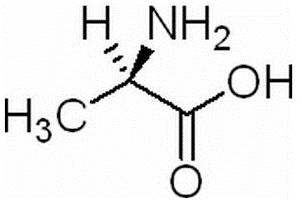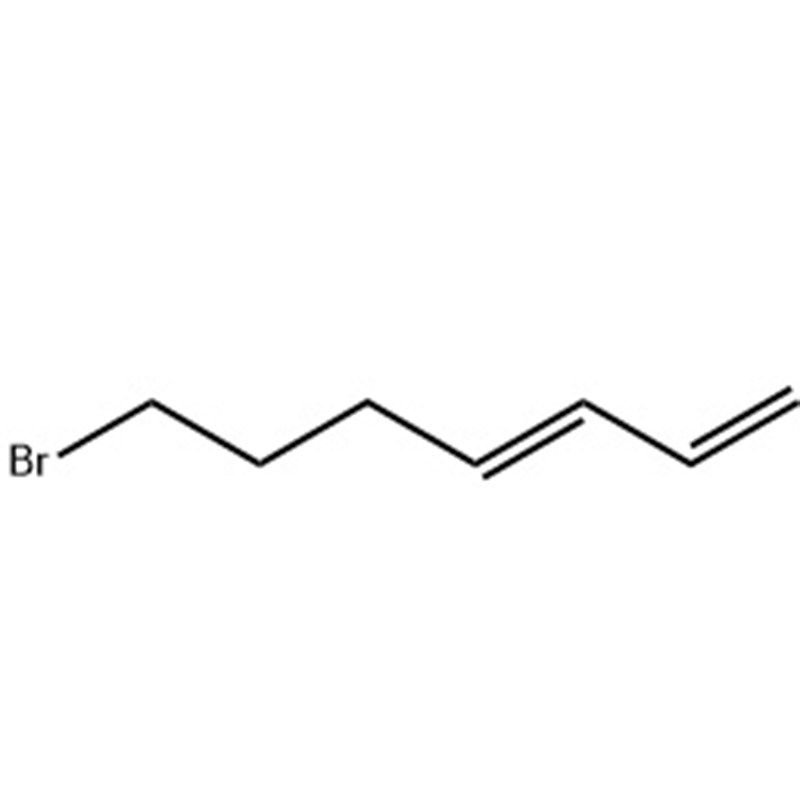3-Methylthio-1-Hexanol(CAS#51755-66-9)
| Hazard Symbols | Xi – Irritant |
| Risk Codes | 36/37/38 – Irritating to eyes, respiratory system and skin. |
| Safety Description | S26 – In case of contact with eyes, rinse immediately with plenty of water and seek medical advice. S37/39 – Wear suitable gloves and eye/face protection |
| UN IDs | UN 3334 |
| WGK Germany | 3 |
| HS Code | 29309099 |
| Hazard Class | 9 |
| Toxicity | GRAS(FEMA)。 |
Introduction
3-Methylthiohexanol. The following is an introduction to its nature, use, preparation method and safety information:
Quality:
- Appearance: 3-Methylthiohexanol is a colorless to light yellow liquid.
- Odor: Has a strong taste of hydrogen sulfide.
- Solubility: Soluble in water, alcohols and ether solvents.
Use:
- Chemical synthesis: 3-methylthiohexanol can be used as a reagent and intermediate in organic synthesis for the synthesis of other organic compounds.
- Other applications: 3-Methylthiohexanol is also used as a corrosion inhibitor, rust inhibitor, and rubber processing aid.
Method:
- 3-Methylthiohexanol can be prepared by the reaction of hydrogen sulfide with 1-hexene. The specific steps are as follows: 1-hexene is reacted with hydrogen sulfide to obtain 3-methylthiohexanol under appropriate conditions.
Safety Information:
- 3-Methylthiohexanol has a pungent odor and should be avoided for direct inhalation or contact.
- Wear protective gloves and goggles when using to avoid contact with skin and eyes.
- Adverse effects may include irritation, allergic reactions, and respiratory discomfort.
- It should be stored and handled properly to avoid contact with substances such as ignition sources, oxidants and strong acids.
- Follow relevant safety practices and obtain additional safety information from reliable sources.








